Home>Furniture>Outdoor Furniture>How To Keep Patio Cushions Dry
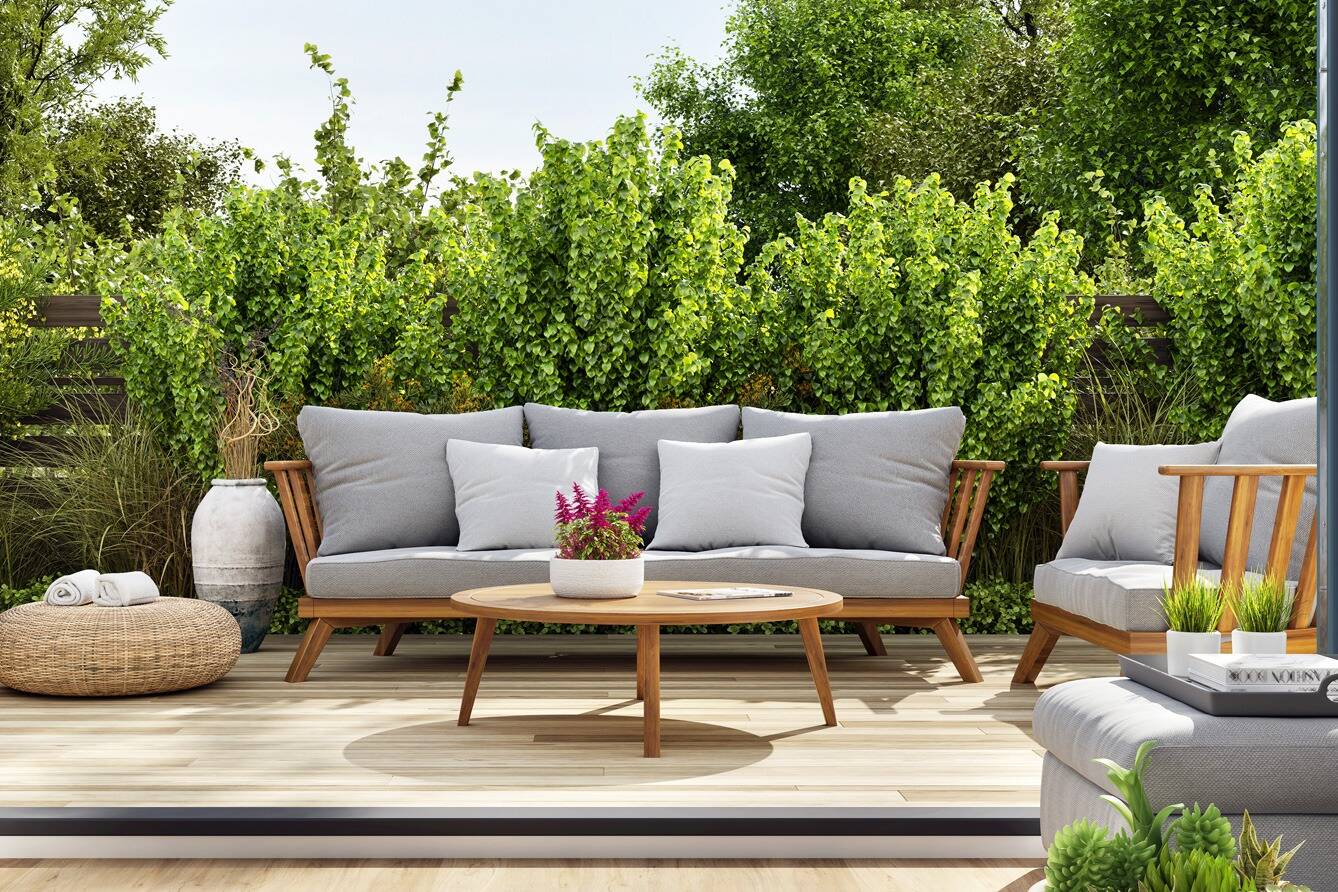

Outdoor Furniture
How To Keep Patio Cushions Dry
Modified: March 7, 2024
Learn how to keep your outdoor furniture cushions dry with these simple tips and tricks. Don't let rain ruin your patio seating!
(Many of the links in this article redirect to a specific reviewed product. Your purchase of these products through affiliate links helps to generate commission for Storables.com, at no extra cost. Learn more)
Introduction
Welcome to the world of outdoor living, where your patio becomes an extension of your home and a place to relax and entertain. One essential element of creating a comfortable outdoor space is patio furniture, including cushions that add comfort and style to your seating arrangements.
However, when it comes to outdoor furniture, one of the biggest challenges is keeping those patio cushions dry. With the unpredictable weather and the occasional rain shower, moisture can quickly seep into the cushions, leading to unpleasant odors, mold, and mildew. Not to mention, sitting on damp cushions is far from enjoyable.
But fret not, as there are various steps you can take to keep your patio cushions dry and extend their lifespan. From choosing the right materials to implementing clever storage solutions, let’s explore some effective strategies that will help you maintain dry and cozy cushions for your outdoor furniture.
Key Takeaways:
- Choose water-resistant patio cushions and use furniture covers to protect them from moisture, ensuring a cozy and long-lasting outdoor seating experience.
- Store cushions indoors during bad weather, utilize waterproof storage bins, and maintain proper drainage to keep patio cushions dry and in excellent condition.
Read more: How To Dry Out Patio Cushions
Importance of Keeping Patio Cushions Dry
Keeping your patio cushions dry is not just a matter of convenience; it is essential for the longevity and functionality of your outdoor furniture. Here are some reasons why it is important to prioritize the dryness of your patio cushions:
- Prevent Mold and Mildew: Excess moisture and prolonged dampness can create a breeding ground for mold and mildew. These fungi not only cause unpleasant odors but can also pose health risks. By keeping your patio cushions dry, you can prevent the growth of mold and mildew, ensuring a clean and healthy outdoor seating area.
- Protect Cushion Fabrics: Moisture can wreak havoc on cushion fabrics, causing them to fade, deteriorate, or develop stains. Water can weaken the fibers of the fabric, leading to premature wear and tear. By keeping your patio cushions dry, you can preserve their colors, patterns, and overall appearance for years to come.
- Enhance Comfort: Sitting on wet or damp cushions is far from pleasant. It can make your outdoor seating experience uncomfortable and less enjoyable. By keeping your patio cushions dry, you can provide a cozy and inviting atmosphere for yourself, your family, and your guests.
- Extend Lifespan: Properly maintaining and keeping your patio cushions dry can significantly extend their lifespan. By avoiding the damaging effects of moisture, you can preserve the structural integrity of the cushions and ensure that they remain in good condition for many seasons.
- Save Money: Patio cushions can be a significant investment, and replacing them frequently can be costly. By taking the necessary steps to keep them dry, you can avoid the need for premature replacements, saving you money in the long run.
Now that we understand the importance of keeping patio cushions dry, let’s explore some effective strategies to achieve this goal.
Choosing Water-Resistant Patio Cushions
When it comes to keeping your patio cushions dry, selecting the right materials is crucial. Opting for water-resistant patio cushions can significantly reduce the risk of moisture absorption. Here are a few factors to consider when choosing water-resistant cushions:
- Water-Resistant Fabrics: Look for patio cushions made from fabrics that are designed to repel water. Materials such as acrylic, polyester, and vinyl are known for their water-resistant properties. These fabrics have a tight weave and are treated with coatings that prevent water from seeping in.
- Sealed Seams: Pay attention to the construction of the cushions. Look for cushions with sealed seams, which prevent water from seeping through the stitching. Cushions with double-stitched or heat-sealed seams provide added protection against moisture.
- Quick-Drying Foam: In addition to water-resistant fabric, consider cushions with quick-drying foam inserts. These foam inserts are specially designed to allow moisture to evaporate quickly, reducing the chances of your cushions staying damp for a prolonged period.
- Removable Covers: Opt for patio cushions with removable and machine-washable covers. This allows you to easily remove and clean the covers in case they do get wet. It’s also convenient for regular maintenance and keeping your cushions fresh and dry.
- UV Resistance: While not directly related to water-resistance, choosing cushions that are UV-resistant is also important. UV rays can damage cushion materials, making them more prone to moisture absorption. Look for cushions with UV-resistant coatings or fabrics that are fade-resistant and durable.
By selecting water-resistant patio cushions, you can significantly reduce the likelihood of moisture seeping into the cushions, keeping them dry and in good condition for longer periods. However, it is important to note that even water-resistant cushions are not completely waterproof, so it’s essential to implement additional strategies to keep them dry during wet weather.
Utilizing Patio Furniture Covers
One effective and practical way to keep your patio cushions dry is by using patio furniture covers. These covers act as a protective shield, preventing water from directly reaching the cushions. Here are some tips for utilizing patio furniture covers:
- Select the Right Size: Make sure to choose covers that are specifically designed for your patio furniture and cushions. The covers should fit snugly over the furniture, providing full coverage and protection.
- Waterproof Material: Look for patio furniture covers made from waterproof materials such as polyester or vinyl. These materials repel water, preventing it from seeping through and reaching the cushions.
- Tie-Down Straps: Opt for covers that come with tie-down straps or elasticized hems. These features help secure the covers in place, even during windy conditions, ensuring maximum protection for your patio cushions.
- Choose Breathable Covers: While the covers need to be waterproof, it’s also important to choose covers that are breathable. Breathable covers allow air circulation, preventing condensation from building up and causing moisture-related issues.
- Regular Maintenance: Periodically clean and inspect your patio furniture covers to ensure they are in good condition. Remove any debris or leaves that may accumulate on the covers, as they can trap moisture and potentially transfer it to the cushions.
- Remove Covers During Dry Spells: If you live in an area with extended periods of dry weather, consider removing the covers temporarily to allow the cushions to breathe and prevent any moisture build-up.
By utilizing patio furniture covers, you can provide an extra layer of protection for your patio cushions. These covers shield the cushions from direct exposure to rain and other elements, helping to keep them dry and extending their lifespan.
Storing Cushions Indoors During Bad Weather
When it comes to extreme weather conditions or extended periods of rain, it’s best to take a proactive approach and store your patio cushions indoors. By keeping the cushions in a dry and sheltered environment, you can prevent them from getting wet and potentially developing damage. Here are some tips for storing your cushions indoors during bad weather:
- Create a Storage Space: Designate a specific area in your home where you can store the cushions when they’re not in use. This could be a spare room, a garage, or a basement. Ensure that the storage area is clean, dry, and well-ventilated.
- Use Storage Containers: Invest in plastic or fabric storage containers with lids to keep your cushions protected. Place the cushions inside the containers, taking care not to overcrowd them. Label the containers for easy identification when you need to retrieve the cushions.
- Ensure Cushions are Fully Dry: Before storing the cushions, make sure they are completely dry. If they are slightly damp, allow them to air dry before placing them in storage to prevent any musty odors or potential mold growth.
- Wrap Cushions in Plastic: For added protection, you can wrap the cushions in plastic or place them in plastic storage bags before storing them in containers. This will create an extra barrier against moisture and help keep the cushions dry.
- Consider Vacuum-Sealed Bags: If you’re looking to save space, vacuum-sealed storage bags can be a great option. These bags remove excess air, minimizing the size of the cushions and providing a tight seal to protect against moisture and pests.
- Regularly Check for Moisture: While the cushions are in storage, periodically check them for any signs of moisture. If you notice any dampness, remove the cushions, and allow them to air dry before placing them back in storage.
By storing your patio cushions indoors during bad weather, you can ensure that they remain completely dry and protected from the elements. This practice will help prolong the life of your cushions and minimize the risk of mold, mildew, and other moisture-related issues.
Read more: How To Keep Patio Cushions In Place
Using Waterproof Storage Bins
Another effective method of keeping your patio cushions dry is by utilizing waterproof storage bins. These bins provide a secure and watertight storage option, protecting your cushions from rain, snow, and other moisture sources. Here are some tips for using waterproof storage bins:
- Choose the Right Size: Select storage bins that are large enough to comfortably accommodate your cushions without overcrowding them. Ensure that the bins have a secure lid that can provide a proper seal.
- Opt for Waterproof Bins: Look for storage bins that are specifically designed to be waterproof. These bins are typically made from durable and waterproof materials such as plastic or resin. They have tight-fitting lids and are specifically constructed to keep water out.
- Prep the Cushions: Before placing the cushions in the storage bins, make sure they are clean and fully dry. Remove any debris or loose dirt from the cushions and allow them to air dry if necessary.
- Arrange the Cushions: Place the cushions in the storage bin in a way that allows for proper air circulation. Avoid stacking the cushions tightly on top of each other, as this can trap moisture and lead to potential mold or mildew growth.
- Consider Using Desiccants: To further protect your cushions from moisture, you can place desiccant packets or moisture-absorbing products in the storage bins. These materials help to absorb excess moisture and maintain a dry environment.
- Store in a Dry Area: Keep the waterproof storage bins in a dry and well-ventilated area of your home or garage. Avoid storing them in a damp or humid location, as this can defeat the purpose of using waterproof bins.
- Regular Inspections: Periodically check the storage bins for any signs of moisture or water accumulation. If you notice any dampness, remove the cushions, allow them to dry completely, and inspect the bin for any leaks or cracks.
Using waterproof storage bins provides a convenient and reliable option for keeping your patio cushions dry when they are not in use. By properly storing the cushions in these bins, you can protect them from rain, snow, and other weather elements, ensuring that they remain in excellent condition for future use.
Store patio cushions in a waterproof storage bin or cover them with a waterproof tarp when not in use to keep them dry and prevent mold and mildew.
Maintaining Proper Drainage on the Patio
Ensuring proper drainage on your patio is crucial in preventing water accumulation and keeping your cushions dry. By implementing effective drainage systems, you can minimize the risk of water pooling or stagnant water, which can lead to damp cushions and potential damage. Here are some tips for maintaining proper drainage on your patio:
- Clear Debris Regularly: Remove any leaves, dirt, or debris from your patio to prevent clogged drains and water buildup. Clearing the area regularly will allow water to flow freely off the patio instead of pooling and potentially reaching your cushions.
- Redirect Downspouts: If there are downspouts near your patio, ensure that they are directing water away from the area. Consider adding extensions to the downspouts or installing gutter systems to divert water farther away from your patio and cushions.
- Install a French Drain: A French drain is a trench filled with gravel or rock that helps redirect excess water away from your patio. By installing a French drain along the edges or slopes of your patio, you can effectively prevent water from accumulating and reaching your cushions.
- Level Your Patio: If your patio has uneven surfaces or slopes, water can collect in low-lying areas. Consider leveling your patio to promote proper drainage and prevent water from pooling. This can be done by adding or removing soil or using leveling materials.
- Add Pavers or Permeable Surfaces: Using permeable materials such as pavers or gravel on your patio can help facilitate water drainage. These materials allow water to seep through the gaps, reducing the risk of water accumulation on the surface of your patio.
- Consider Rain Chains: Rain chains are decorative alternatives to traditional downspouts. They guide rainwater down in a visually appealing manner, minimizing the impact on your patio. By incorporating rain chains, you can direct water away from your patio and cushions effectively.
- Use Drip Edges: Drip edges or gutter extensions can be installed around the edges of your patio to catch and redirect water away from your cushions. These small additions can make a significant difference in preventing water damage.
By maintaining proper drainage on your patio, you can minimize the risk of water accumulating and reaching your cushions. These drainage strategies will help ensure that your patio cushions remain dry, extending their lifespan and keeping them in pristine condition.
Regular Cleaning and Maintenance of Cushions
Regular cleaning and maintenance of your patio cushions are essential for keeping them dry and in optimal condition. By following a cleaning routine and implementing proper care, you can prevent dirt, stains, and moisture buildup, ensuring that your cushions remain clean and dry. Here are some tips for regular cleaning and maintenance:
- Vacuum or Shake Off Debris: Before cleaning, remove any loose dirt, leaves, or debris from the cushions by using a vacuum cleaner or simply shaking them out. This step will help prevent dirt and foreign particles from settling into the cushions’ fibers.
- Spot Clean Stains: Tackle stains as soon as they occur to prevent them from setting into the fabric. Use a mild soap or detergent mixed with water and gently blot the stained area using a clean cloth or sponge. Avoid rubbing vigorously, as this can push the stain deeper into the fabric.
- Machine-Washable Covers: If your cushion covers are machine-washable, follow the manufacturer’s instructions to clean them. Use a gentle cycle and mild detergent, and hang them to air dry or dry them on a low heat setting.
- Hand-Wash Non-Removable Covers: For cushions with non-removable covers, fill a basin or bucket with a mixture of mild soap and water. Use a soft brush or sponge to gently clean the covers, taking care not to soak them excessively. Rinse thoroughly and allow them to air dry.
- Avoid Harsh Cleaning Agents: Avoid using harsh chemicals, bleach, or abrasive cleaners on your cushions, as they can damage the fabric and compromise their water resistance. Stick to mild soap or detergent solutions and test any cleaners on a small, inconspicuous area before applying them to the entire cushion.
- Regularly Rotate and Fluff: To promote even wear and prevent moisture buildup, regularly rotate and fluff your cushions. This helps distribute weight and ensures that all sides of the cushions are exposed to air, keeping them dry and preventing mildew formation.
- Store Cushions When Not in Use: When you’re not using the patio cushions, store them in a dry and sheltered area. This will protect them from rain, humidity, and other weather elements that can lead to moisture accumulation.
By incorporating regular cleaning and maintenance into your patio cushion care routine, you can keep them clean, fresh, and dry. This not only enhances their appearance but also extends their lifespan and ensures a comfortable seating experience every time you use them.
Investing in Quick-Drying Cushion Materials
Investing in cushions made from quick-drying materials is a smart choice to ensure that your patio cushions stay dry and ready for use after a rain shower or other moisture exposure. These materials are designed to repel water and allow for faster evaporation, minimizing the time your cushions remain damp. Here are some quick-drying cushion materials to consider:
- Sunbrella Fabric: Sunbrella is a popular brand known for its durable and water-resistant outdoor fabrics. Made from acrylic fibers, Sunbrella fabric is woven tightly to resist water penetration. It is also fade-resistant and easy to clean, making it an excellent choice for quick-drying cushions.
- Outdoor Mesh Fabric: Mesh fabrics are known for their excellent breathability and quick-drying properties. They allow air to flow through, helping moisture evaporate faster. Mesh cushions are perfect for areas with high humidity or in locations where frequent rainfall is common.
- Textilene Fabric: Textilene is a synthetic fabric commonly used for outdoor furniture. It is highly water-resistant and dries quickly due to its open-weave design. Textilene cushions are also resistant to fading, mold, and mildew, making them a practical choice for outdoor use.
- Microfiber Fabrics: Microfiber materials, such as polyester or nylon, have excellent moisture-wicking properties and dry quickly. These fabrics are commonly used for outdoor cushions as they are resistant to water and stain absorption. Plus, microfiber fabrics are often soft and comfortable.
- Polyester Fiberfill: Cushions filled with polyester fiberfill are known for their quick-drying features. The fiberfill allows water to pass through easily, and the polyester fibers dry rapidly, preventing moisture from being trapped within the cushion.
- Quick-Dry Foam: Foam inserts made from quick-dry foam are designed to allow water to pass through quickly and facilitate faster evaporation. These foam inserts are often used as the filling for outdoor cushions, ensuring that they dry out efficiently after exposure to rain or humidity.
Investing in cushions made from quick-drying materials will save you time and effort in keeping your patio cushions dry. With their water-repellent properties and fast evaporation, these cushions can withstand moisture exposure and remain comfortable for your outdoor seating needs.
Utilizing Absorbent Materials and Moisture-Wicking Fabrics
Another effective strategy for keeping your patio cushions dry is to utilize absorbent materials and moisture-wicking fabrics. These materials are designed to absorb and draw moisture away from the surface, promoting faster drying and reducing the risk of prolonged dampness. Here are some options to consider:
- Cotton: Cotton is a natural fiber known for its absorbent properties. It can absorb moisture quickly, allowing it to evaporate faster. Cushions made with cotton covers or fillings are excellent choices for promoting quick drying.
- Bamboo Fiber: Bamboo fiber is not only eco-friendly but also highly absorbent. It can help draw moisture away from the cushion surface, aiding in faster evaporation. Look for cushions that incorporate bamboo fiber fabrics or fillings for enhanced moisture-wicking capabilities.
- Microfiber Towels or Inserts: Microfiber materials, commonly used in towels, are highly absorbent and can effectively soak up moisture from cushions. Consider placing microfiber towels or inserts between the cushion cover and foam for additional moisture absorption.
- Outdura Fabric: Outdura is a brand of performance fabric known for its exceptional durability and moisture-wicking properties. It is breathable, allowing air to circulate and moisture to evaporate quickly. Cushions made with Outdura fabric can help keep your seating area dry and comfortable.
- Absorbent Cushion Inserts: Some cushions come with specially designed inserts that are made from absorbent materials. These inserts can help soak up moisture and promote faster drying, reducing the chances of your cushions staying damp for prolonged periods.
- Natural Latex Foam: Natural latex foam is inherently breathable and allows for better air circulation. Its open-cell structure helps to wick away moisture and prevent it from getting trapped within the cushion. Look for cushions with natural latex foam for improved drying capabilities.
By utilizing absorbent materials and moisture-wicking fabrics, you can help prevent excessive moisture buildup in your patio cushions. These materials work to draw moisture away from the cushions, facilitating faster evaporation and keeping your cushions dry and comfortable.
Other Tips to Keep Patio Cushions Dry
In addition to the strategies mentioned above, here are some additional tips to help keep your patio cushions dry:
- Proper Air Circulation: Allow for sufficient air circulation around your patio cushions by not placing them too close together. This helps promote airflow and aids in drying out any residual moisture.
- Use Absorbent Towels: After a rain shower, use absorbent towels to blot any water or moisture off the cushions. This can help prevent water from seeping in and reduce drying time.
- Avoid Overwatering Plants: If you have patio plants near your cushions, be mindful of their watering habits. Overwatering can lead to excess water spilling onto the cushions and causing dampness.
- Invest in a Dehumidifier: If you live in a particularly humid climate, consider using a dehumidifier in your outdoor living space. This can help reduce overall humidity levels, preventing excess moisture from affecting your cushions.
- Inspect Covers for Wear and Tear: Regularly check your cushion covers for any signs of wear, rips, or tears that may compromise their water resistance. Replace damaged covers or consider applying a fabric protectant spray to enhance their water repellency.
- Remove Cushions During Heavy Rainfall: In instances of heavy rainfall, it is best to remove your patio cushions and store them indoors until the rain passes. This ensures they stay completely dry and avoids any potential water damage.
- Position Cushions Away from Direct Water Sources: When arranging your patio furniture, keep your cushions away from areas prone to water splashes or runoff. This includes positioning them away from sprinklers, gutters, or areas with poor drainage.
- Regularly Inspect and Maintain Patio Furniture: Properly maintain your patio furniture by checking for any cracks, gaps, or damaged areas that could allow water to seep onto the cushions. Repair or seal any such areas to prevent moisture infiltration.
By implementing these additional tips, you can further enhance your efforts to keep your patio cushions dry. Remember to stay vigilant and proactive in your maintenance routine to ensure that your cushions remain in excellent condition for years to come.
Conclusion
Keeping your patio cushions dry is essential for maintaining their longevity, appearance, and comfort. By following the strategies outlined in this article, you can effectively prevent moisture-related issues such as mold, mildew, and unpleasant odors. Here’s a summary of the key points discussed:
First and foremost, choosing water-resistant patio cushions made from materials like acrylic, polyester, or vinyl provides a solid foundation for keeping your cushions dry. Placing patio furniture covers over your cushions adds an extra layer of protection, shielding them from direct exposure to rain and other elements.
During inclement weather, it’s advisable to store your cushions indoors to keep them completely dry. Utilizing waterproof storage bins ensures additional protection and convenience. Additionally, maintaining proper drainage on your patio helps prevent water accumulation and subsequent cushion dampness.
Regular cleaning and maintenance are crucial in keeping your cushions in top condition. Spot cleaning stains, rotating cushions, and fluffing them regularly help to prevent moisture buildup and maintain their overall freshness.
Investing in quick-drying cushion materials, such as Sunbrella fabric or outdoor mesh fabric, enhances their water-resistant properties and facilitates faster drying. Utilizing absorbent materials and moisture-wicking fabrics like cotton or microfiber also aids in moisture absorption and evaporation.
Lastly, implementing additional tips, such as ensuring proper air circulation, avoiding overwatering plants, and inspecting covers for damage, further contributes to keeping your patio cushions dry.
By incorporating these strategies into your outdoor furniture care routine, you can enjoy dry, comfortable, and long-lasting patio cushions season after season. Remember, keeping your cushions dry not only enhances their performance but also ensures a pleasant and inviting outdoor living experience for you and your guests.
Frequently Asked Questions about How To Keep Patio Cushions Dry
Was this page helpful?
At Storables.com, we guarantee accurate and reliable information. Our content, validated by Expert Board Contributors, is crafted following stringent Editorial Policies. We're committed to providing you with well-researched, expert-backed insights for all your informational needs.
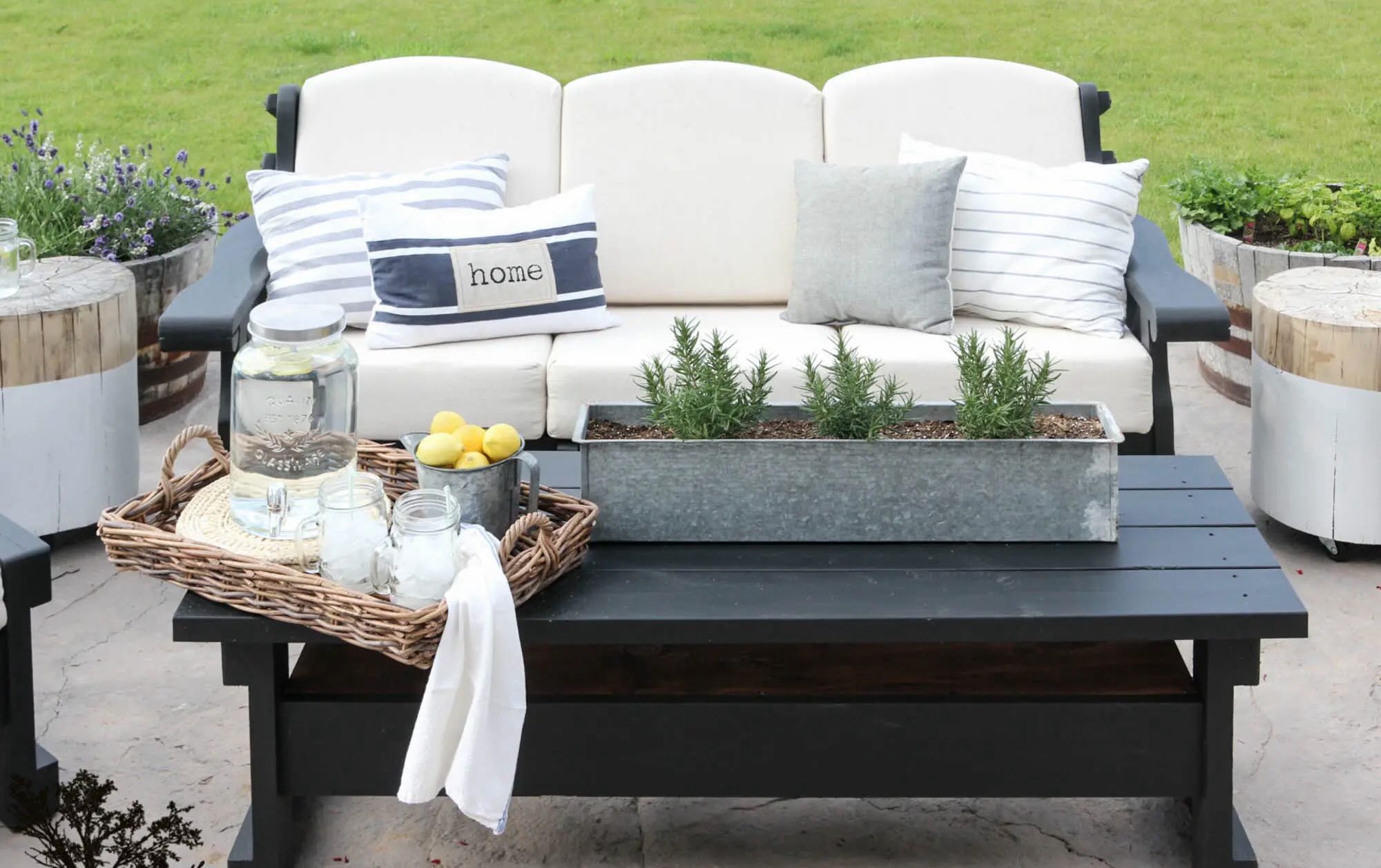
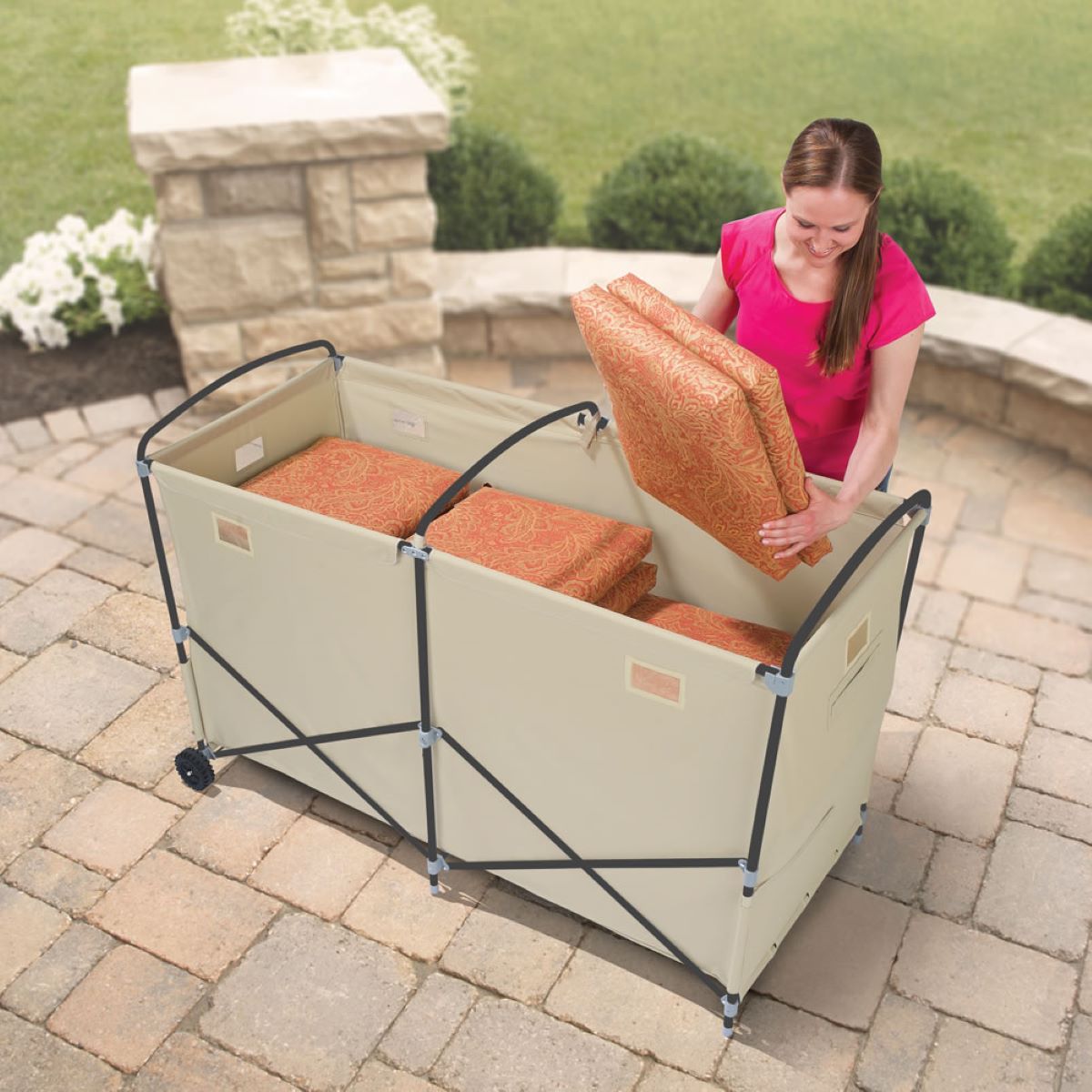
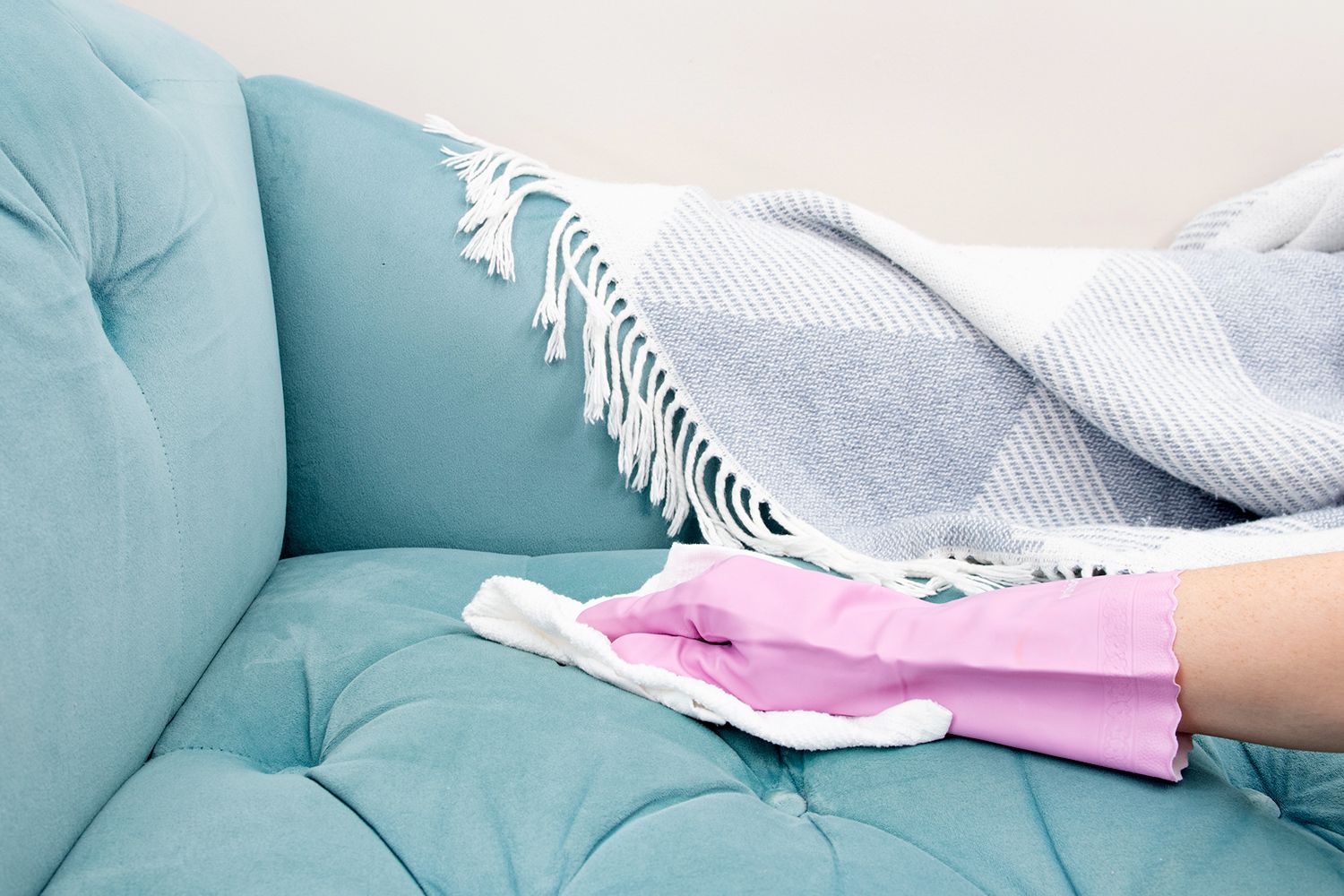
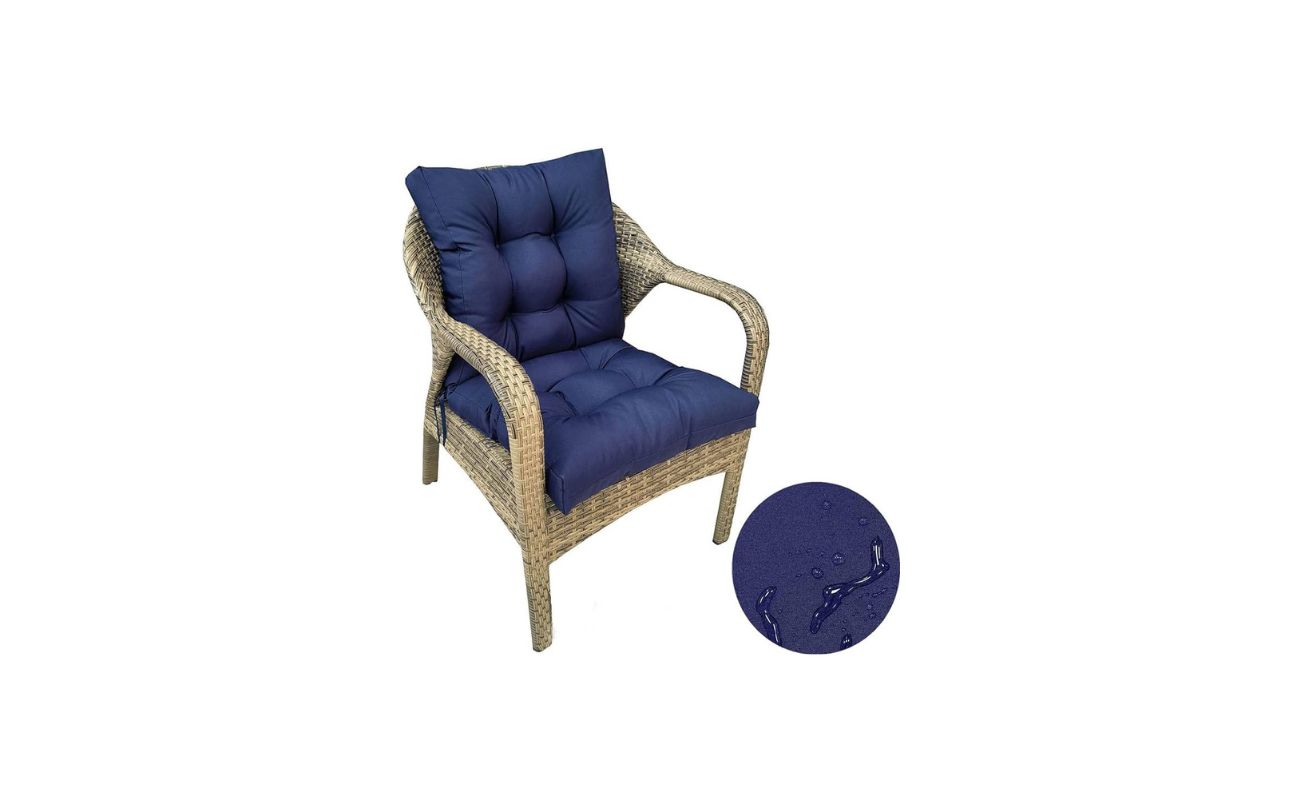
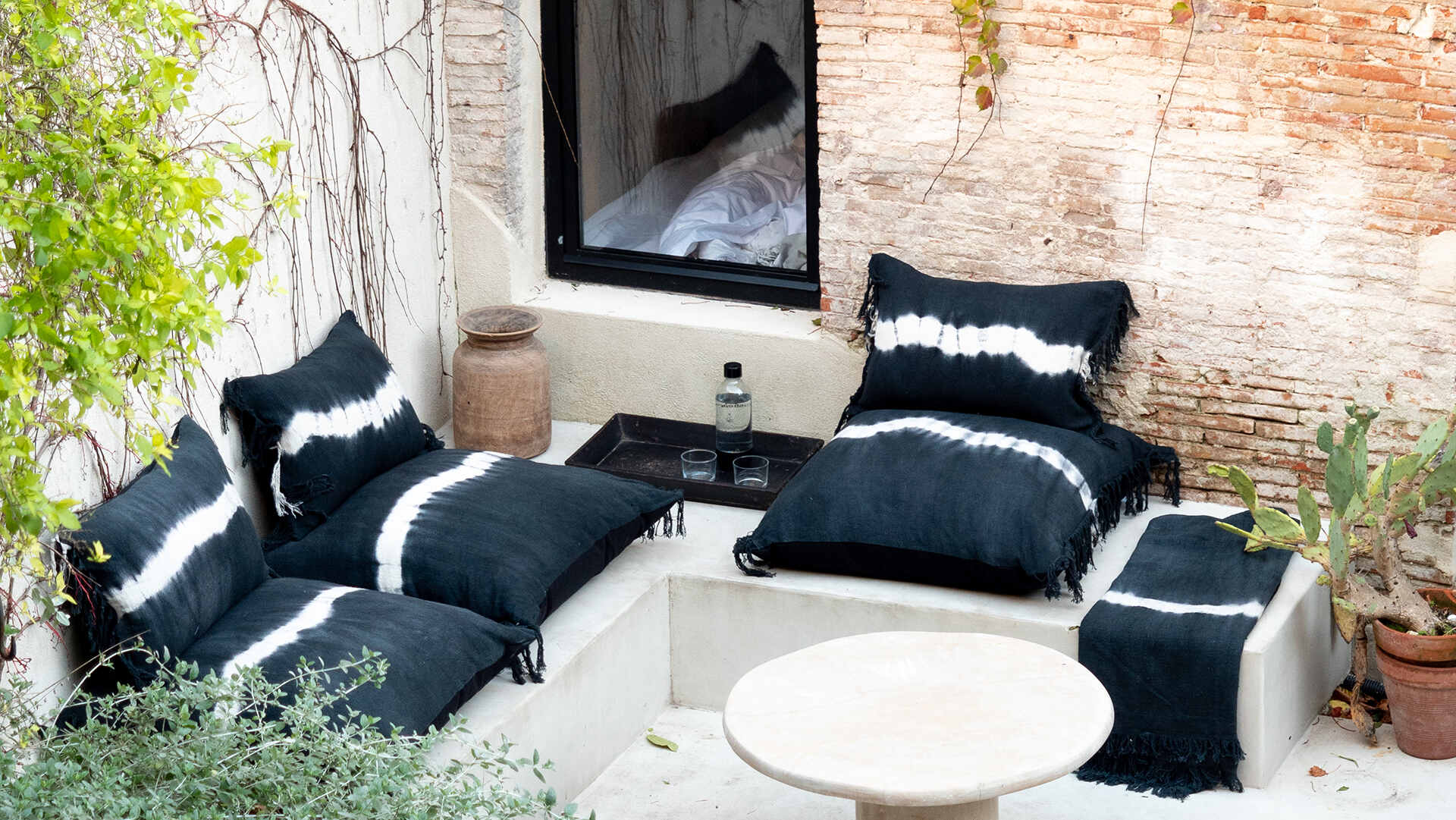
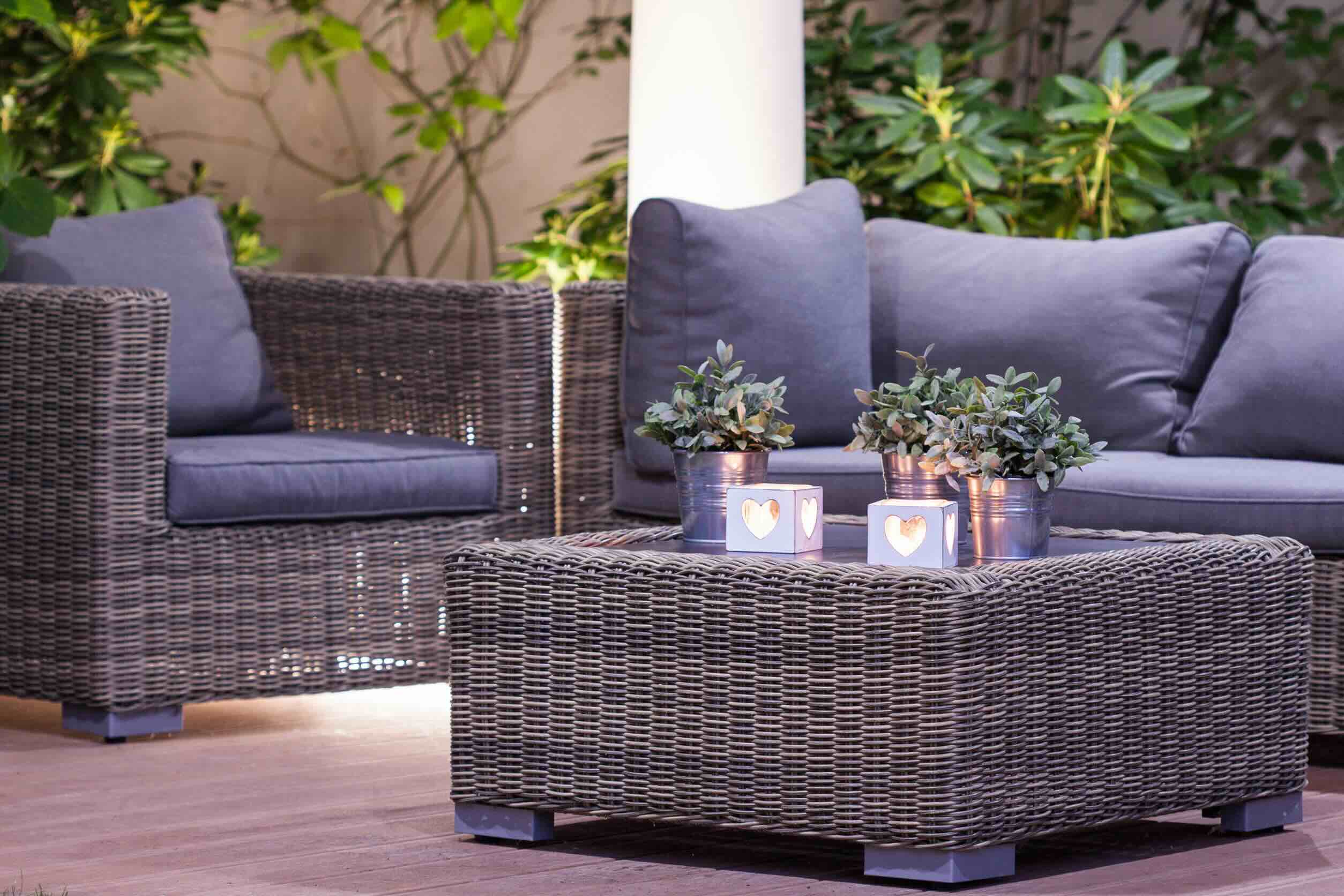
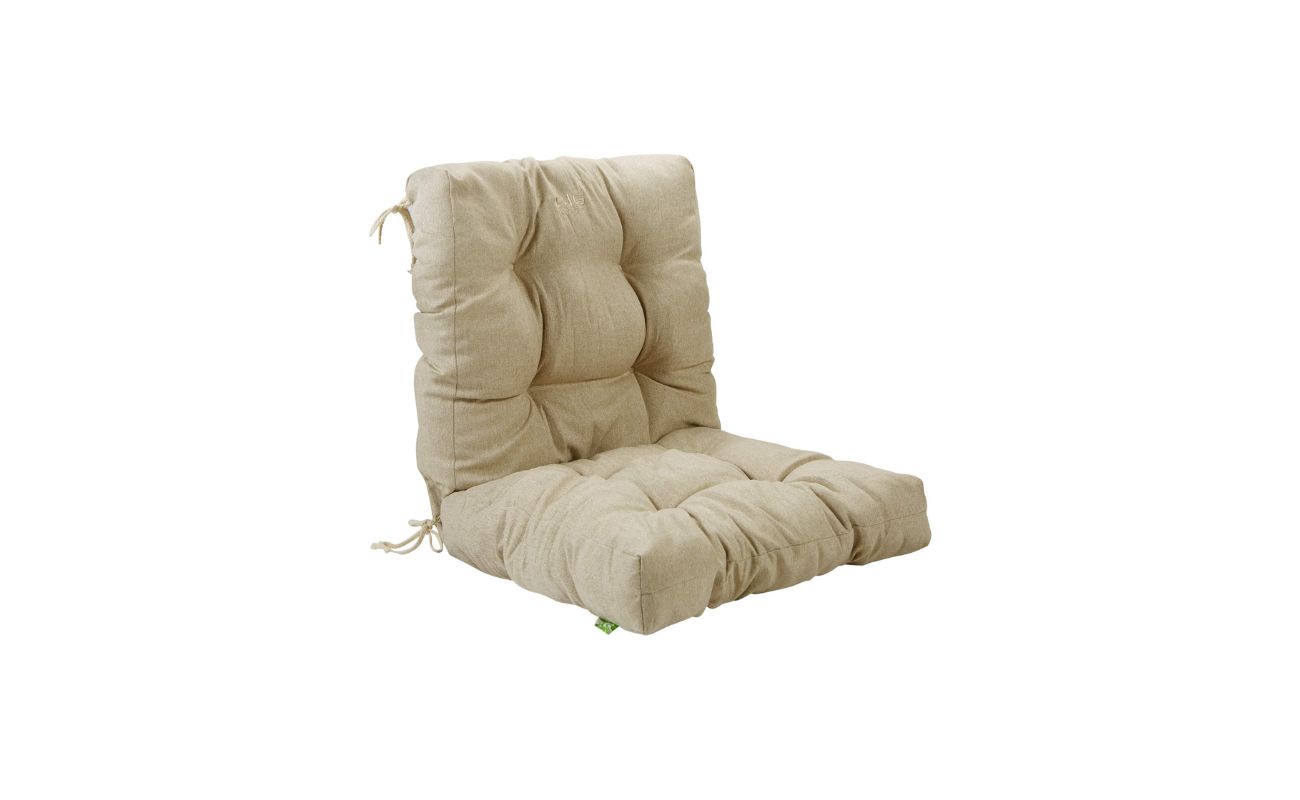
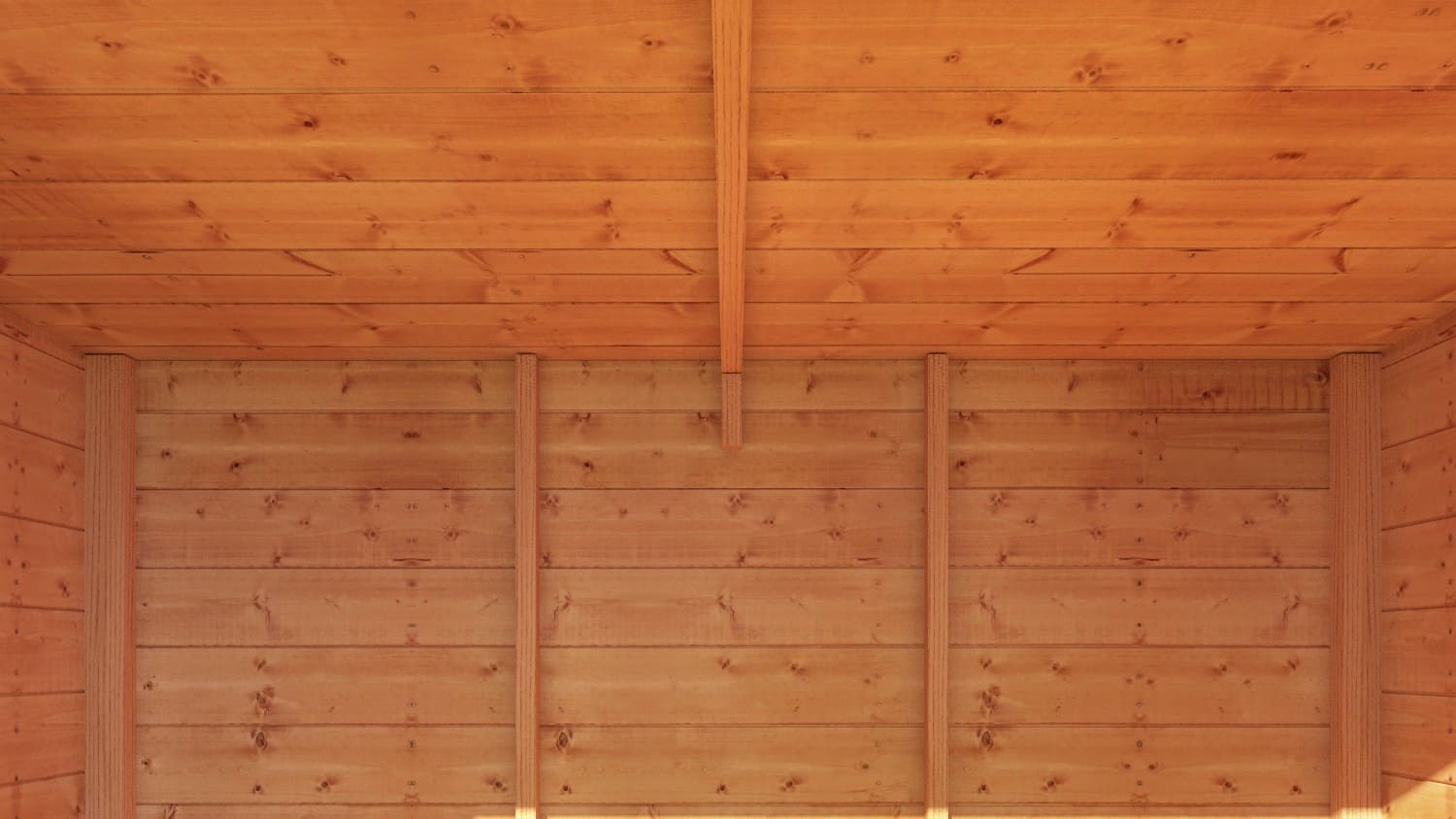
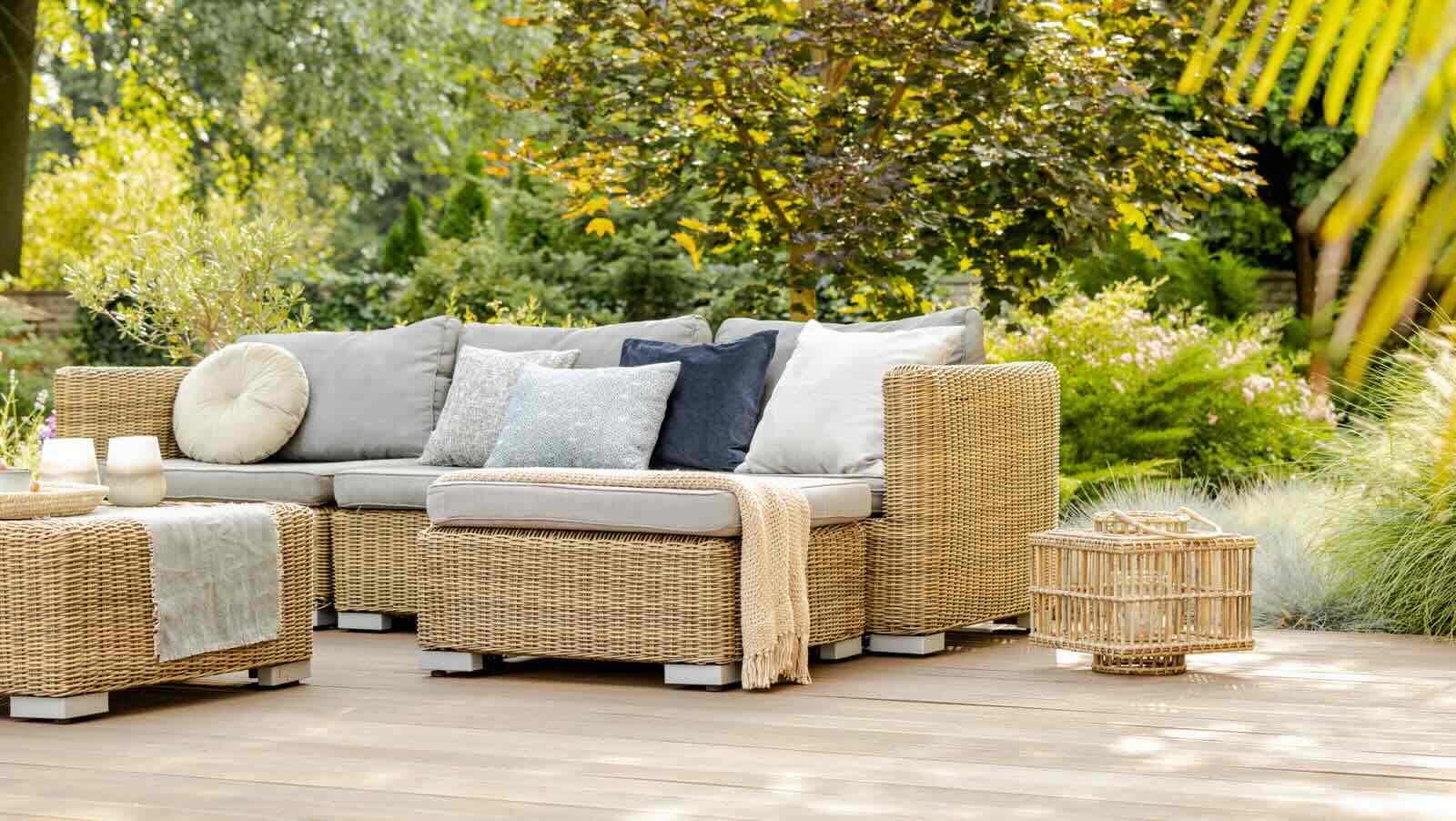
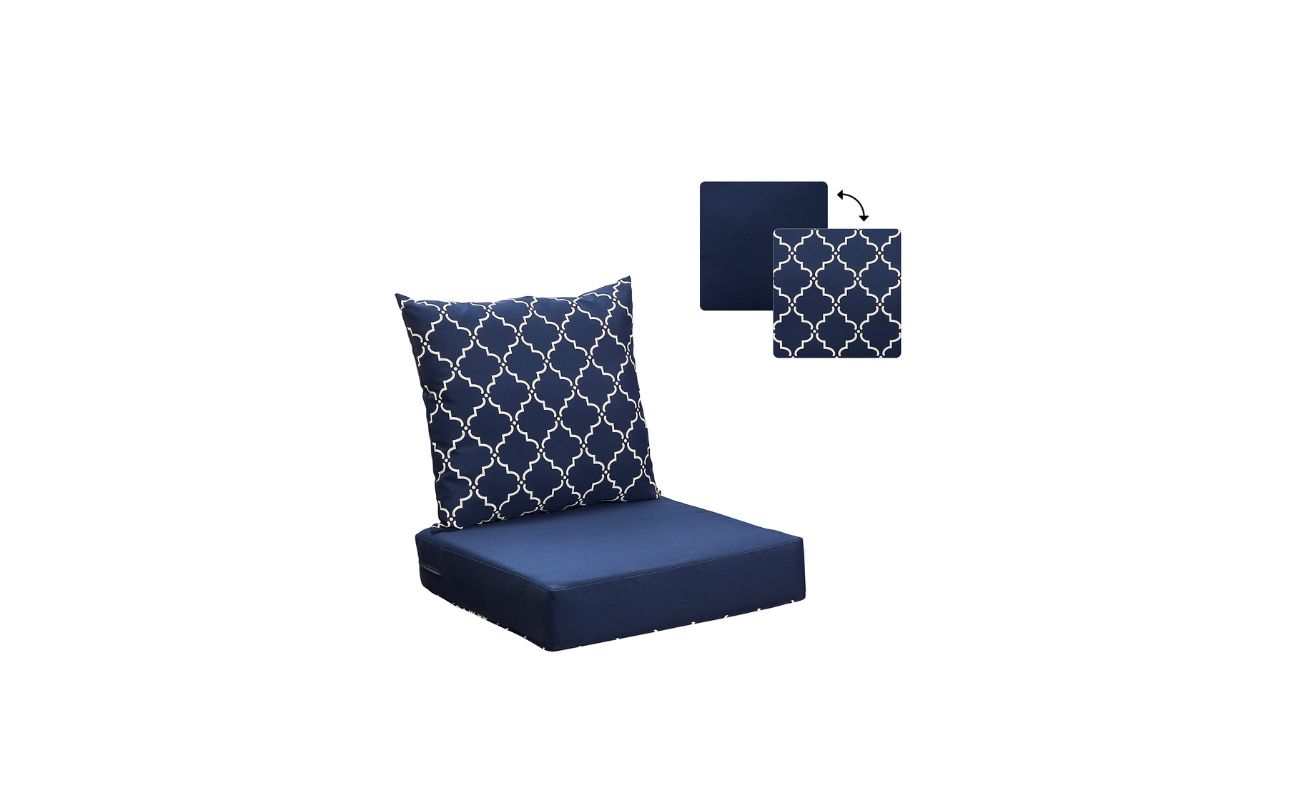
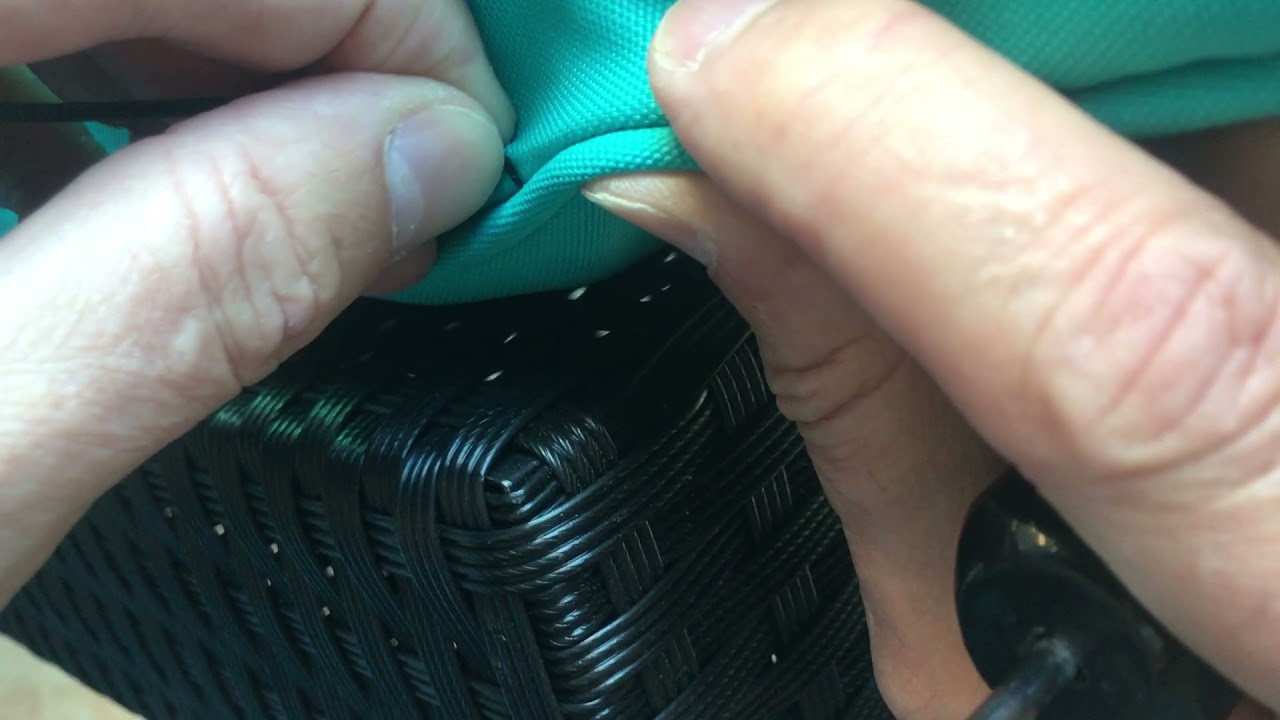
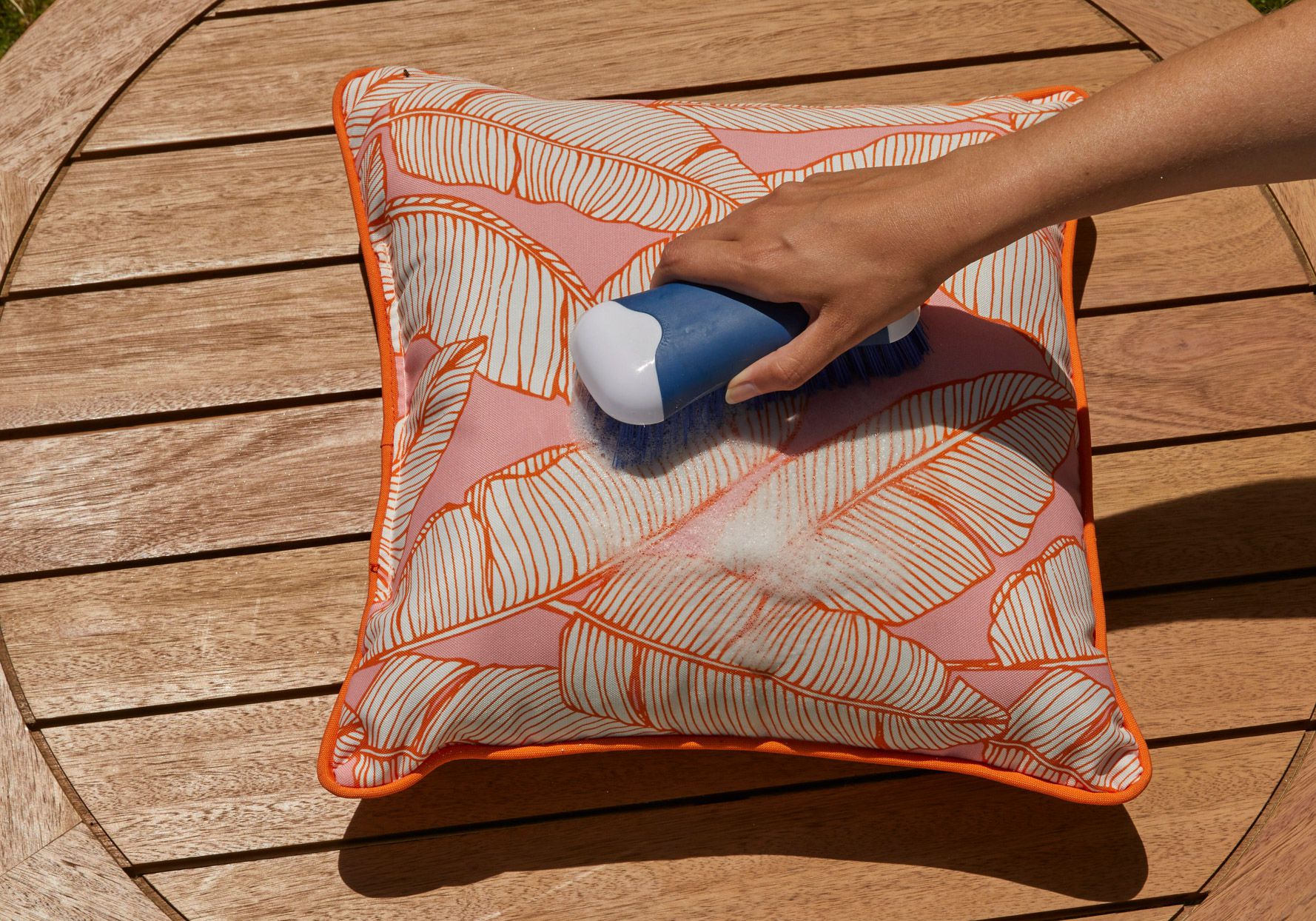
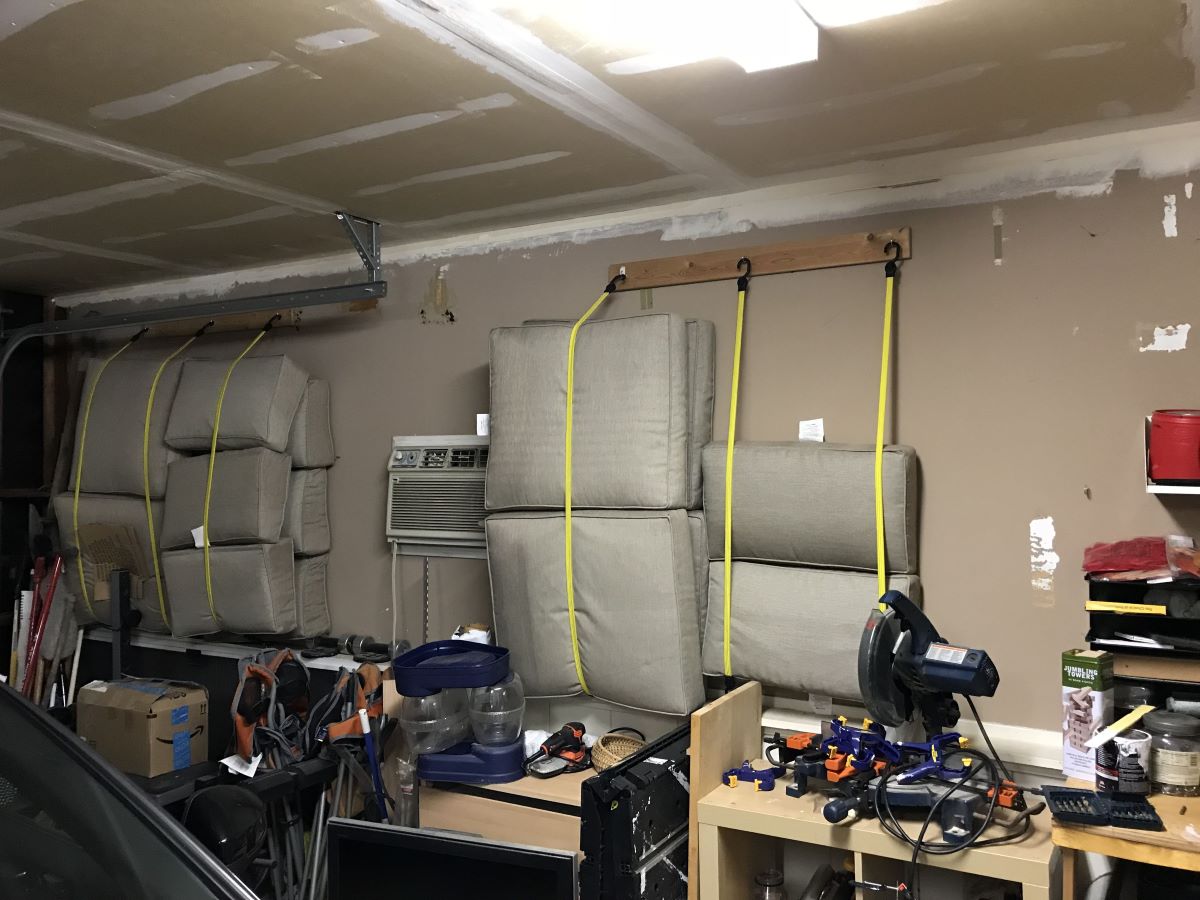

0 thoughts on “How To Keep Patio Cushions Dry”